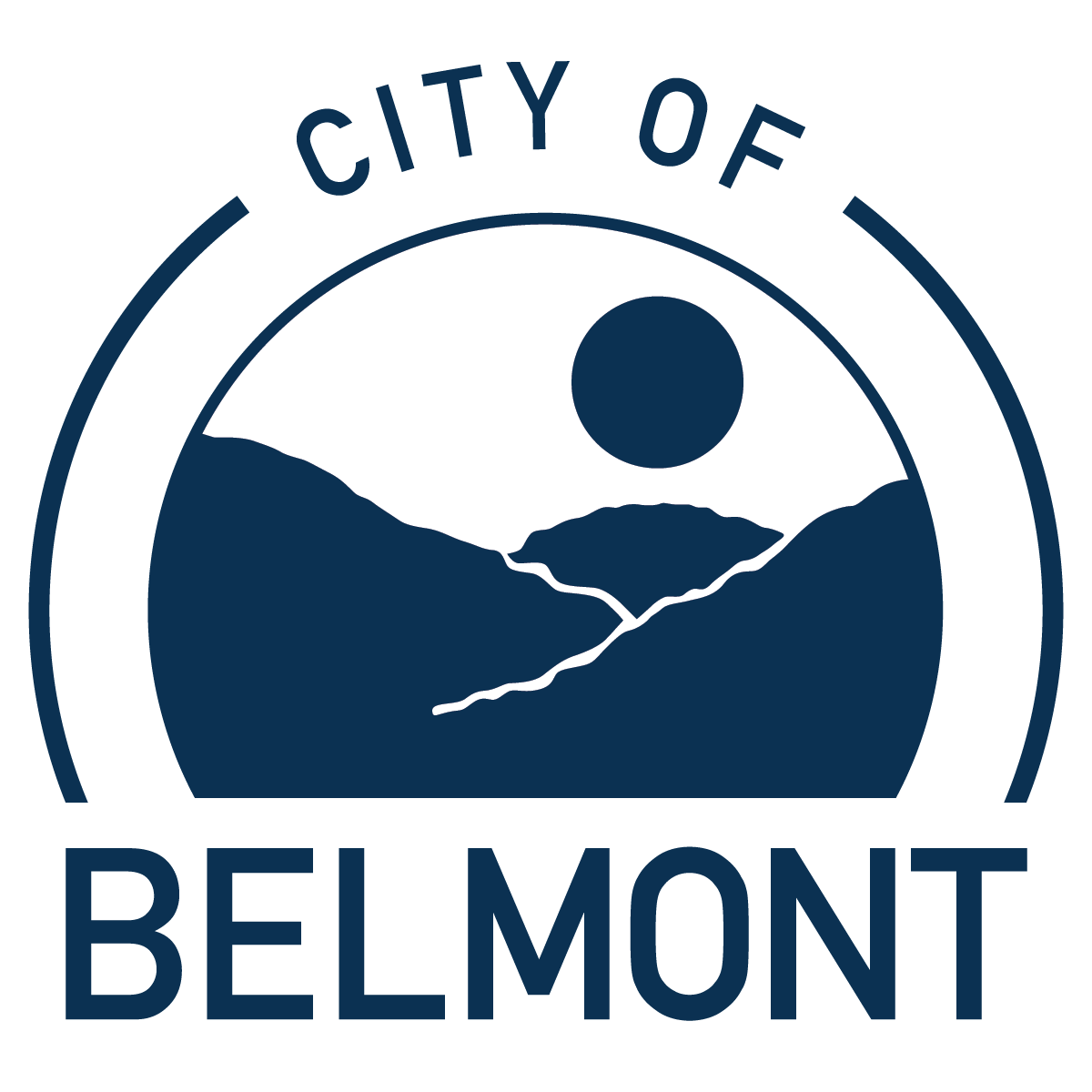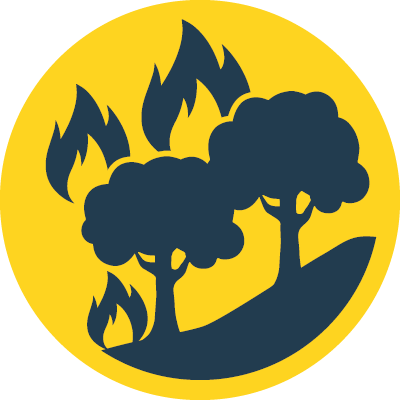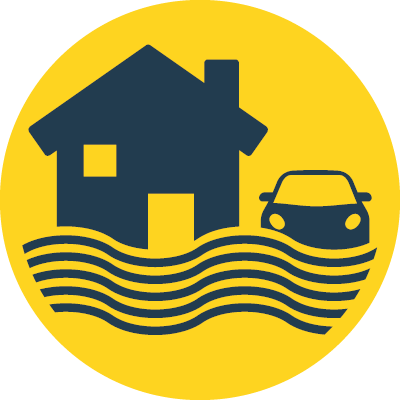
Belmont
Known for its wooded hills, views of the San Francisco Bay, and stretches of open space, Belmont is a quiet residential community half-way between San Francisco and San Jose. Since its incorporation in 1926, Belmont has grown to a community of over 26,000. Single family residential neighborhoods are located in the hillsides in the western portion of the city and multi-family residential areas line the El Camino Real corridor. The eastern portion of the city contains bay marshland and the O’Neill Slough, and the eastern area contains hilly terrain and the Waterdog Lake and Open Space. The City of Belmont is already experiencing the effects of climate change, including extreme heat and wind events during the summer and fall and flooding in the winter months. Other concerns are extended periods of drought and sea-level rise along the bayshore.
Local Safety and Resilience Highlights

Seismic and Geologic Hazards
While there are no active fault lines within the city boundary, the San Andreas Fault is located approximately one mile to the west of Belmont. The San Andreas Fault is the predominant fault system in California and has generated some of the largest and most destructive earthquakes in the state’s history. Ground shaking could bring widespread and serious damage to Belmont. Hillside areas in western Belmont face an elevated risk of landslides, and areas along Belmont Creek and the shoreline are highly susceptible to liquefaction.

Wildfire
Belmont has a substantial risk of wildland fires, with many areas of high and very high wildfire threat in the community, particularly in the western areas of the city. While Belmont’s residents enjoy this proximity to nature, close contact with hillsides and woodlands increases the risk of exposure to wildland fires. Preparedness is essential, and the San Mateo Consolidated Fire Department’s fire prevention activities, especially its Vegetation Management Program, are important. In areas with a high wildfire risk, it is critical that road capacity meets the needs for residents, workers, and visitors to evacuate in case of a fire or other disaster.

Flooding
Several areas of Belmont are designated as FEMA and Department of Water Resources flood zones. There is also a risk of flooding caused by a failure of Notre Dame Dam on Belmont Creek. In recent years, the lower sections of Belmont Creek have experienced flooding during extreme winter weather events.

Sea Level Rise
Sea level rise resulting from global climate change has the potential to alter the frequency and magnitude of flooding in low-lying areas of eastern Belmont. Areas near US 101 and O’Neill Slough could be at risk if sea levels rise by 2 feet.

Hazardous Materials
Areas with known or suspected release of hazardous materials to soil and groundwater are primarily located in eastern Belmont. Most of the sites in Belmont are Leaking Underground Storage Tanks (LUSTs)